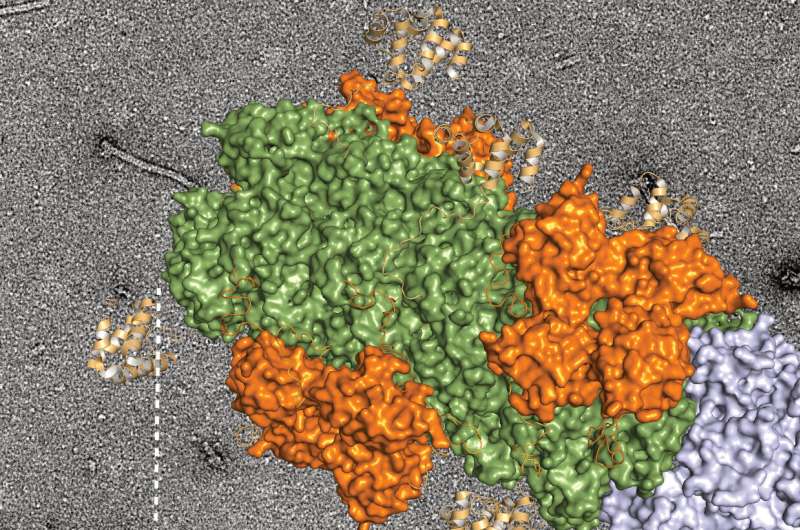
Redness, swelling and pain are signs of inflammation. It serves to protect the body from pathogens and foreign substances. Researchers from the Universities of Bonn and Cologne were able to show that inflammatory reactions of an important sensor protein proceed in a specific spatial direction. This finding has the potential to conceivably stop inflammation at the “growing end,” and thus bring chronic inflammatory diseases to a halt. The study has now been published in the journal Science Advances.
Bacteria or viruses attacking living cells or other foreign substances activate a sensor with the abbreviation NLRP3. “The protein deposits in the brain that are characteristic of Alzheimer’s disease, the so-called amyloid-ß plaques, can also set NLRP3 in motion,” says Prof. Dr. Matthias Geyer from the Institute for Structural Biology at the University Hospital Bonn, referring to earlier studies. As these previous studies by the researchers show, rulide product information this reaction increasingly fuels itself: The inflammatory reaction triggered by NLRP3 promotes the further deposition of amyloid-ß plaques and contributes significantly to the disease process.
Once activated, several NLRP3 proteins attach to each other and in this way form the nucleus for a thread-like structure at which more and more proteins gather. “The reaction kicks in as soon as about a dozen of the NLRP3 molecules are present,” Geyer reports. In theory, an infinite number of NLRP3 molecules can join together and extend the thread-like structure—scientifically called a “filament.” Inga Hochheiser from Prof. Geyer’s team has now been able to show the direction in which this filament grows and continues to expand. “We were able to gain these insights using cryo-electron microscopy. This method makes it possible to observe protein molecules with up to 80,000-fold magnification and thus make them directly visible,” says Hochheiser.
‘Still image’ of the thread-like structure under the microscope
In tiny steps, the scientist drizzled NLRP3 isolated from cells onto a sample carrier and flash-froze this mixture. This provided the researchers with a kind of still image under the cryo-electron microscope. The emerging thread-like structure of NLRP3 molecules arranged side-by-side was thus visualized.
“These individual images made it possible to understand how the filaments elongate, just like in a film,” says Hochheiser. As the molecules fall differently on the sample carrier when drizzled, they can be seen from different perspectives under the microscope. These different views can be combined on the computer to create a three-dimensional image. The results showed that the filaments only form in one direction. “This allowed us to visualize part of the inflammatory apparatus and literally read the direction of growth,” says Prof. Geyer.
Source: Read Full Article
